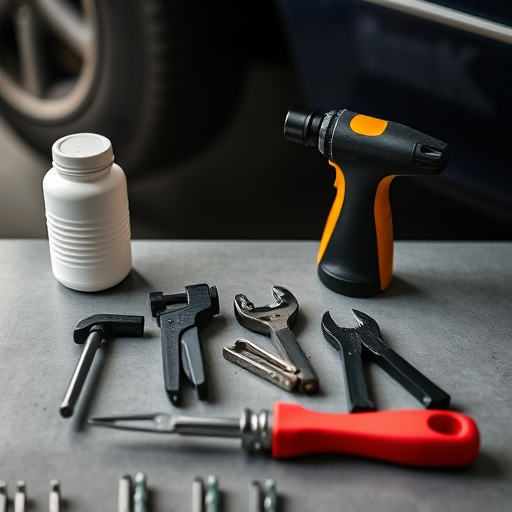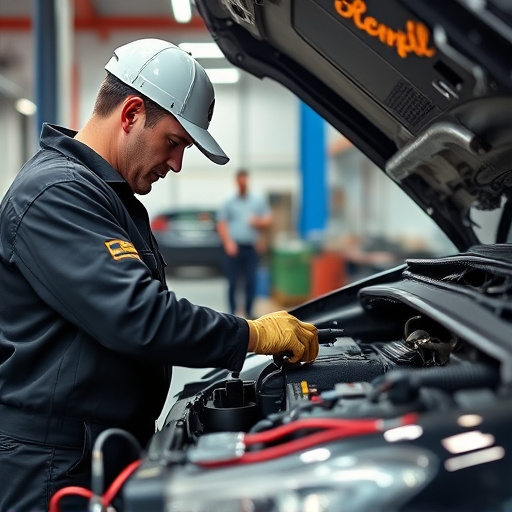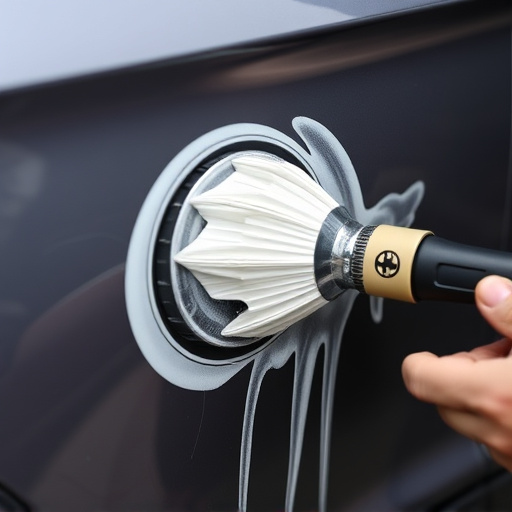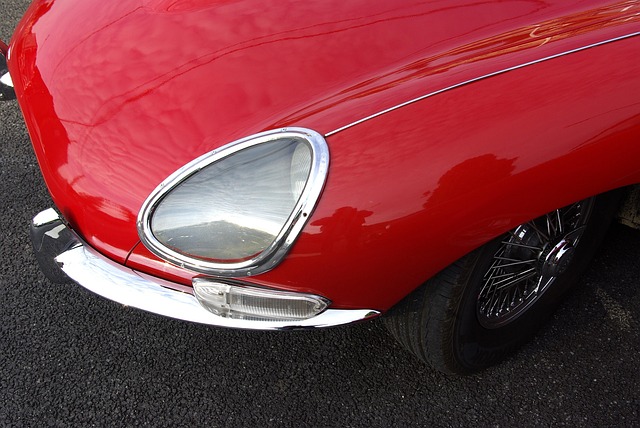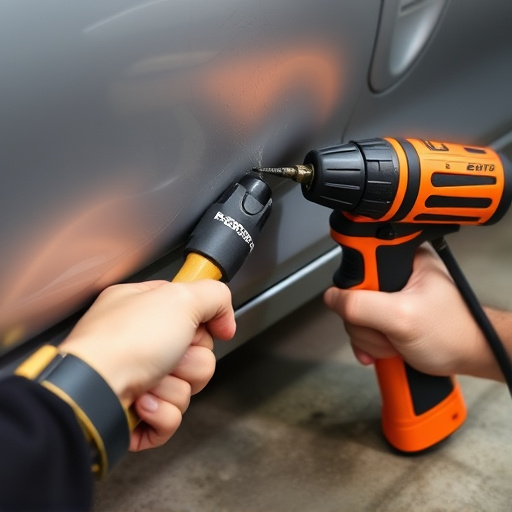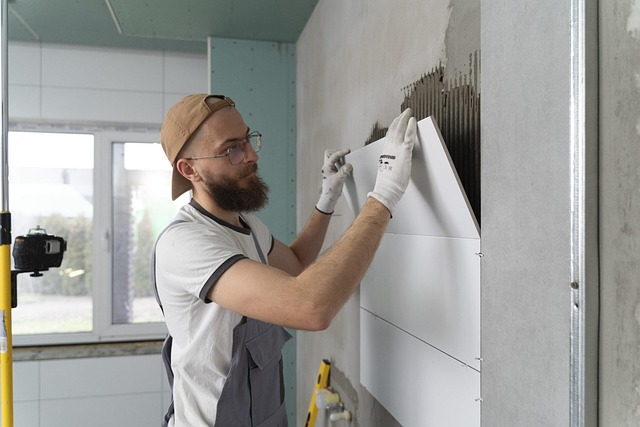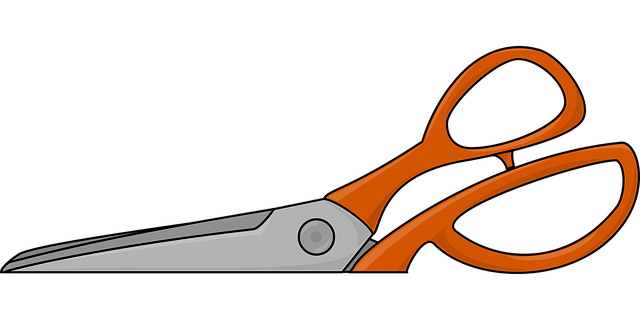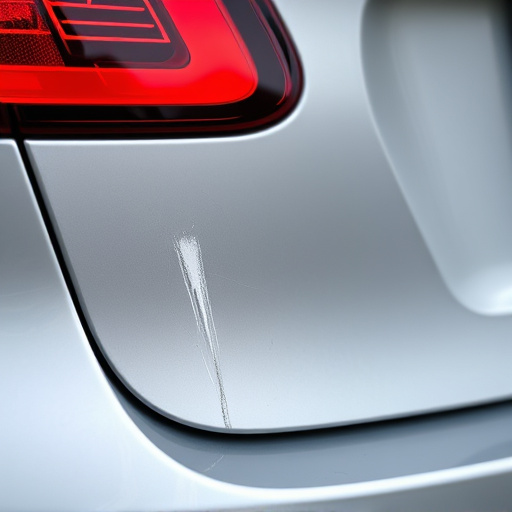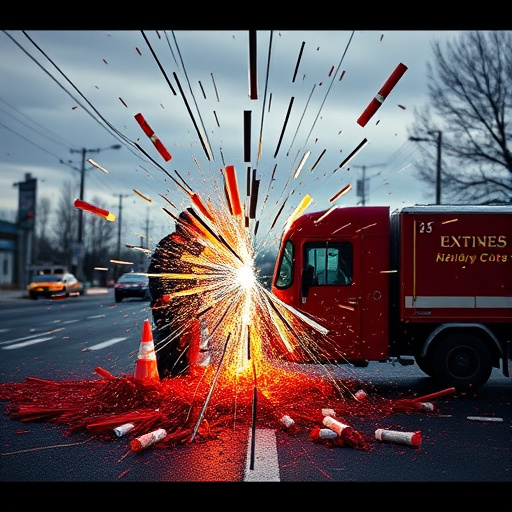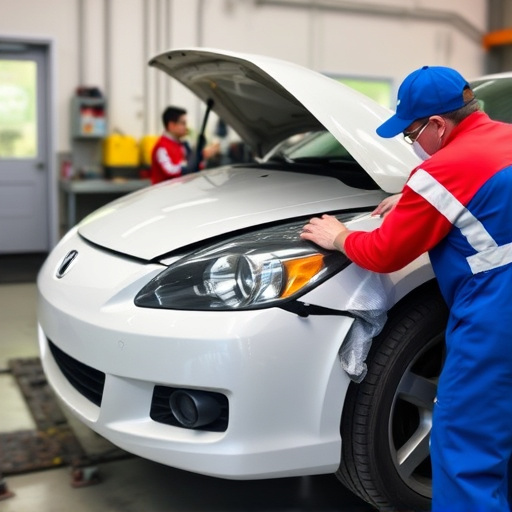Efficient sectioning procedures in auto body work streamline repair processes, reduce time, and enhance accuracy. By breaking down vehicles into manageable sections, technicians can focus on specific damaged areas while preserving intact components, minimizing waste, and maximizing material utilization. This strategic approach not only benefits customers with faster turnaround times and higher quality repairs but also ensures consistent outcomes, strengthens environmental stewardship, and contributes to the overall quality and longevity of vehicle restorations.
Proper sectioning procedures in auto body work are essential for enhancing efficiency, accuracy, and quality control. By strategically dividing vehicles into manageable sections, technicians can streamline repair processes, minimizing waste and maximizing material utilization. This method ensures precise measurements, reduces human error, and ultimately leads to higher customer satisfaction. In this article, we explore how effective sectioning benefits both workshop operations and the final vehicle restoration.
- Enhancing Efficiency and Accuracy through Sectioning
- Minimizing Waste and Maximizing Material Utilization
- Ensuring Quality Control and Customer Satisfaction
Enhancing Efficiency and Accuracy through Sectioning

Proper sectioning procedures play a pivotal role in enhancing efficiency and accuracy during auto body work. By meticulously dividing the vehicle into manageable sections, auto repair technicians can focus on specific areas, allowing for more precise repairs. This method significantly reduces the time required to complete tasks, as each section can be addressed individually without interfering with other parts of the car. As a result, customers benefit from faster turnaround times and higher quality auto dent repair or auto body repair services.
Sectioning also ensures consistent and reliable outcomes. With each area clearly defined, technicians can apply the right techniques and materials tailored to the specific section. This meticulous approach minimizes errors and reduces the need for additional touch-ups, making it an invaluable practice in the realm of auto repair services. By embracing efficient sectioning procedures, auto body shops can offer superior craftsmanship while maintaining a competitive edge in their industry.
Minimizing Waste and Maximizing Material Utilization

Proper sectioning procedures play a pivotal role in minimizing waste and maximizing material utilization during auto body work. By carefully dividing the vehicle into manageable sections, repair technicians can precisely target damaged areas while preserving intact components. This strategic approach ensures that materials like metal sheets, panels, and even auto glass repair parts are used efficiently, reducing costs and environmental impact.
Efficient sectioning also facilitates better access to hard-to-reach areas during the restoration process. It enables technicians to perform automotive repair with precision, ensuring that every damaged part is replaced or repaired correctly. This meticulousness not only enhances the quality of the final restoration but also contributes to the longevity of the vehicle, as it minimizes the risk of future structural weaknesses and leaks, including those related to auto glass repair and other critical components.
Ensuring Quality Control and Customer Satisfaction

Proper sectioning procedures are a cornerstone of any reputable vehicle body shop, serving as a vital link between efficient auto collision repair and customer satisfaction. By meticulously dividing the damaged vehicle into manageable sections, technicians can isolate problem areas, ensuring each component receives precise attention during the restoration process. This meticulous approach not only guarantees higher quality control but also minimizes the risk of errors or oversights that could compromise the final vehicle paint repair.
In a bustling auto body shop, where time and resources are valuable, effective sectioning procedures streamline workflows, enabling technicians to work more efficiently. Well-defined sections make it easier to track progress, identify potential issues early on, and communicate effectively with customers about the repair status. Satisfied customers benefit from transparent communication and high-quality vehicle paint repair that meets their expectations, fostering a positive perception of the shop’s services.
Implementing proper sectioning procedures in auto body work offers significant advantages, enhancing efficiency, accuracy, and quality control. By strategically dividing vehicles into manageable sections, workshops can minimize waste, optimize material utilization, and ensure consistent customer satisfaction. This streamlined approach not only saves time and resources but also contributes to a more sustainable and profitable automotive repair process.

